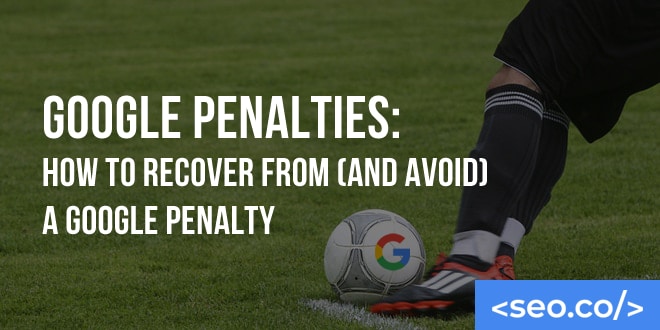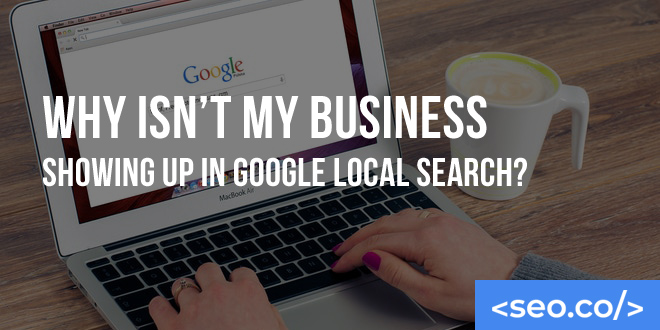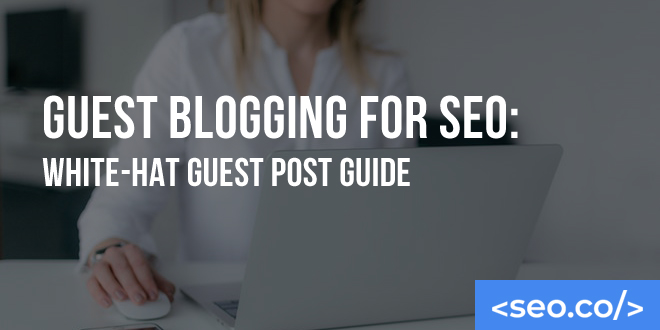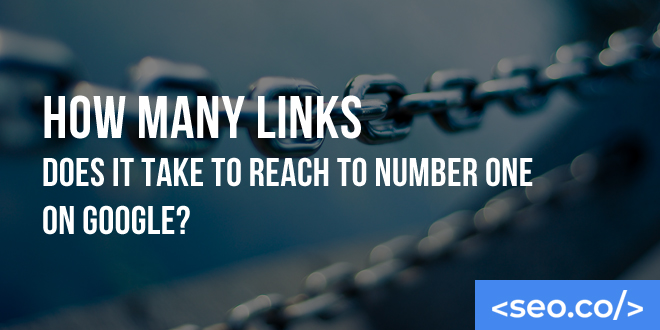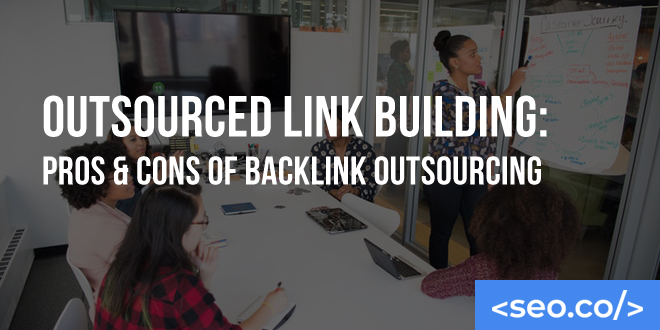
Outsource Link Building: Pros & Cons of Outsourcing Link Building
You’re probably here because you’re thinking to outsource your link building. You’re either a digital marketing agency looking for a white label link building service OR You’re an in-house SEO looking for more resources for scaling-up your link building When it comes to outsourcing link building there are always pros and cons. The Advantages of Outsourcing Link Building for Agencies I want to start by clarifying the advantages of outsourcing your SEO & link building to a white label SEO company, because there are many to be had (assuming you’re avoiding the “deadly sins” I’ll be covering in the next section). These are some of the most powerful: Outsourcing Link Building Is More Convenient Link building is notoriously labor intensive. When an external agency is handling and outsourcing link building services, you won’t need to hire someone internally to do the work. That can spare you hours in your link building efforts, which you can then use to improve your client relationships in more productive ways. Tap Deep SEO & Link Building Expertise Link building agencies have spent years building their businesses to master the art of outsourcing link building. It’s only natural that they’d be better at navigating this terrain than most general marketing agencies. As a result, their links tend to be higher quality, with better results. Outsourcing Link Building Services Typically Improves Accountability If something ever goes wrong with the campaign, you’ll have someone external to hold accountable. It will be on them to find the mistake, take corrective action, or suggest a new outsourcing link building strategy to make up the difference—and they might even lend you special services for free to make it up to you. Outsourcing Link Building Can Be More Affordable Though you might be reluctant to spend hundreds to thousands of dollars a month on outsourcing link building services, the reality is, an SEO agency will be far less expensive than trying to do the work yourself. Hiring an in house link builder is almost always more expensive, and you might get inferior quality links from their link building activities as well. This is particularly true if you offshore some of the outreach link building work (but we don’t suggest offshoring copywriting). Improved Link Building Scale by Outsourcing Outsourcing link building will add more resources, regardless of the existing size of your team. As such you will be able to scale more quickly by outsourcing link building. The Risks of Outsource Link Building If you want to see these link building benefits, you’re going to have to avoid these deadly—yet common outsourcing link building mistakes: 1. Picking a cheap (or offshore) link building service via GIPHY Most marketing agencies looking for a new link building services provider want to save time and/or money. Accordingly, they act rationally by shopping around for the best price. But in the outsourcing link building world, the lowest price isn’t always the best price. In fact, it tends to skew in the opposite direction: you get what you pay for. By paying less for a link builder, you’ll probably get one or more of the following: Cheaper labor by outsourcing backlinks Writers and editors who get paid less for their work tend to have lower standards, or less experience overall. That means your off-site articles and link building portfolio are going to suffer. We covered this deadly sin in my article at VentureBeat titled Getting a good deal on SEO? Think again! Fewer checks and balances Reputable agencies tend to cost more because they have more internal positions to account for; they might have a team of writers, a team of editors, a team of reviewers who examine the work before publishing, and a team dedicated to managing publisher relations. If you try to pin all this work on one or two separate teams, the end result will be more mistakes, lower quality work, and less consistent work. Fewer guarantees and assurances Cheaper SEO agencies aren’t as dependable because they may not have account managers who truly care about your brand. They may also rely on quantity of clients rather than quality, and therefore may be willing to lose your business over a disagreement. Lower-quality publishers when you outsource link building The more authority a publisher has, the more valuable it is for link building. Unfortunately, that authority comes with a cost; it takes more time and effort to establish and build that online reputation, and much more work to maintain it. Low-cost agencies can’t possibly afford to maintain these systems, and may instead favor low-authority publishers, which can damage your campaign. Does this mean you should seek out the most expensive outsourcing link building serviceyou can find? No. But you should consider far more than just the price of the agency you’re working with. Get quotes from multiple providers, and figure out exactly what you’re getting for each price point. Treat this as a link building investment, rather than a link building expense, and optimize your link building strategy accordingly. Pro tip: check your backlinks now to see how you are doing compared to your competition. 2. Working with non-native speakers via GIPHY Before I get too far in explaining this point, I want to note that it’s entirely possible for non-native English speakers to be competent, or even gifted writers. Remember: outsourcing is not the same as offshoring! However, speaking generally, non-native English speakers tend to write inferior content, when compared to native speakers. They may mistranslate certain phrases, be unable to use slang or idioms in a natural way, or use clunky phrases that make the content seem less fluid. People won’t want to read this content, and top-quality publishers won’t be willing to accept it, which means it’s practically impossible to build a successful campaign on it. Why would a link building agency work with non-native speakers? There are two main motivations here. First, it’s because they’re cheap. Agencies can get away with paying writers far less in developing countries, which means they

